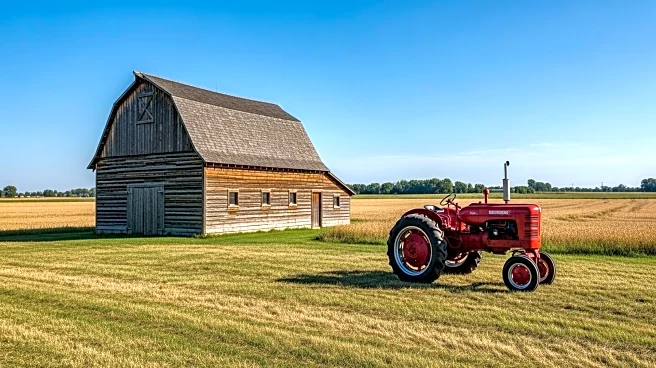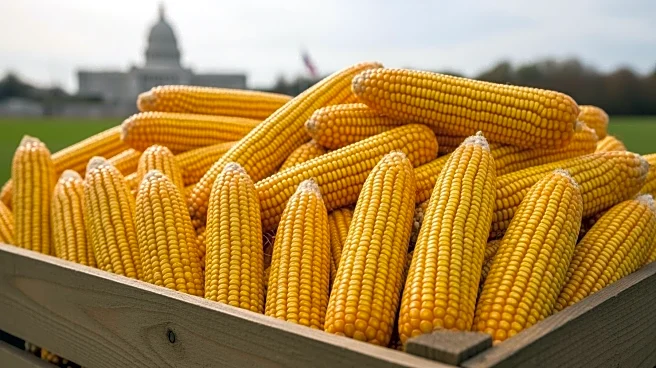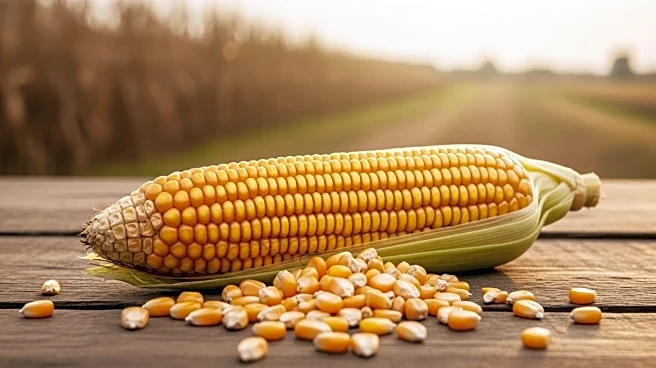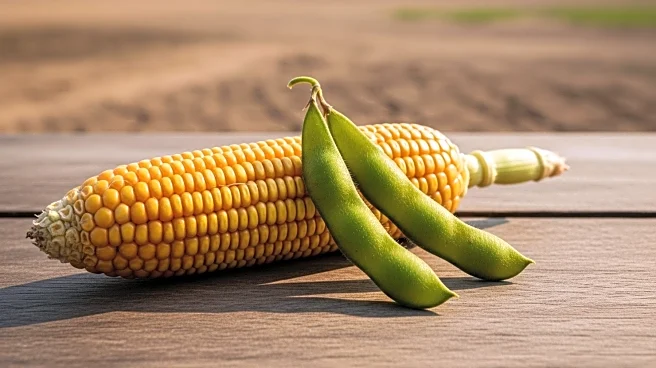What's Happening?
The U.S. Department of Agriculture's National Agricultural Statistics Service (NASS) has released the 2022 Census of Agriculture Farm Typology report, revealing that family-owned farms account for 95% of all U.S. farms. The report defines a family farm as one where the majority of the business is owned by the producer and their relatives. The census categorizes farms based on ownership and gross cash farm income (GCFI), which includes sales of crops and livestock, government payments, and farm-related income. Despite their prevalence, the number of family farms has decreased by 8% since 2017, with small family farms experiencing a 10% decline in low sales and a 7% decline in moderate sales. Conversely, mid-size, large, and very large farms have seen increases of 2%, 40%, and 65%, respectively.
Why It's Important?
The decline in family-owned farms highlights significant shifts in the agricultural landscape, impacting rural communities and the economy. Small family farms, which make up 85% of all U.S. farms, contribute significantly to direct consumer sales and are vital for local economies. However, their decreasing numbers may lead to reduced local food production and economic challenges for rural areas. Large-scale farms, while fewer in number, produce a substantial portion of agricultural products, indicating a trend towards industrialized farming. This shift could affect food diversity, sustainability, and the livelihoods of small-scale farmers, who are often older, female, and more likely to live on their farms.
What's Next?
The USDA may need to implement policies to support small family farms and address the challenges they face, such as market access and financial sustainability. Stakeholders, including policymakers and agricultural organizations, might focus on initiatives to preserve family farming traditions and promote sustainable practices. The report's findings could influence future agricultural policies and funding priorities, aiming to balance the needs of small and large-scale farms while ensuring food security and economic stability.
Beyond the Headlines
The decline in family farms raises ethical and cultural concerns about the preservation of traditional farming practices and rural lifestyles. As large-scale farms dominate production, there may be increased pressure on small farms to compete, potentially leading to loss of heritage and community identity. The shift also poses questions about environmental sustainability, as larger farms may prioritize efficiency over ecological practices. Long-term, this trend could reshape the cultural fabric of rural America and influence consumer choices regarding locally sourced and sustainable food.












